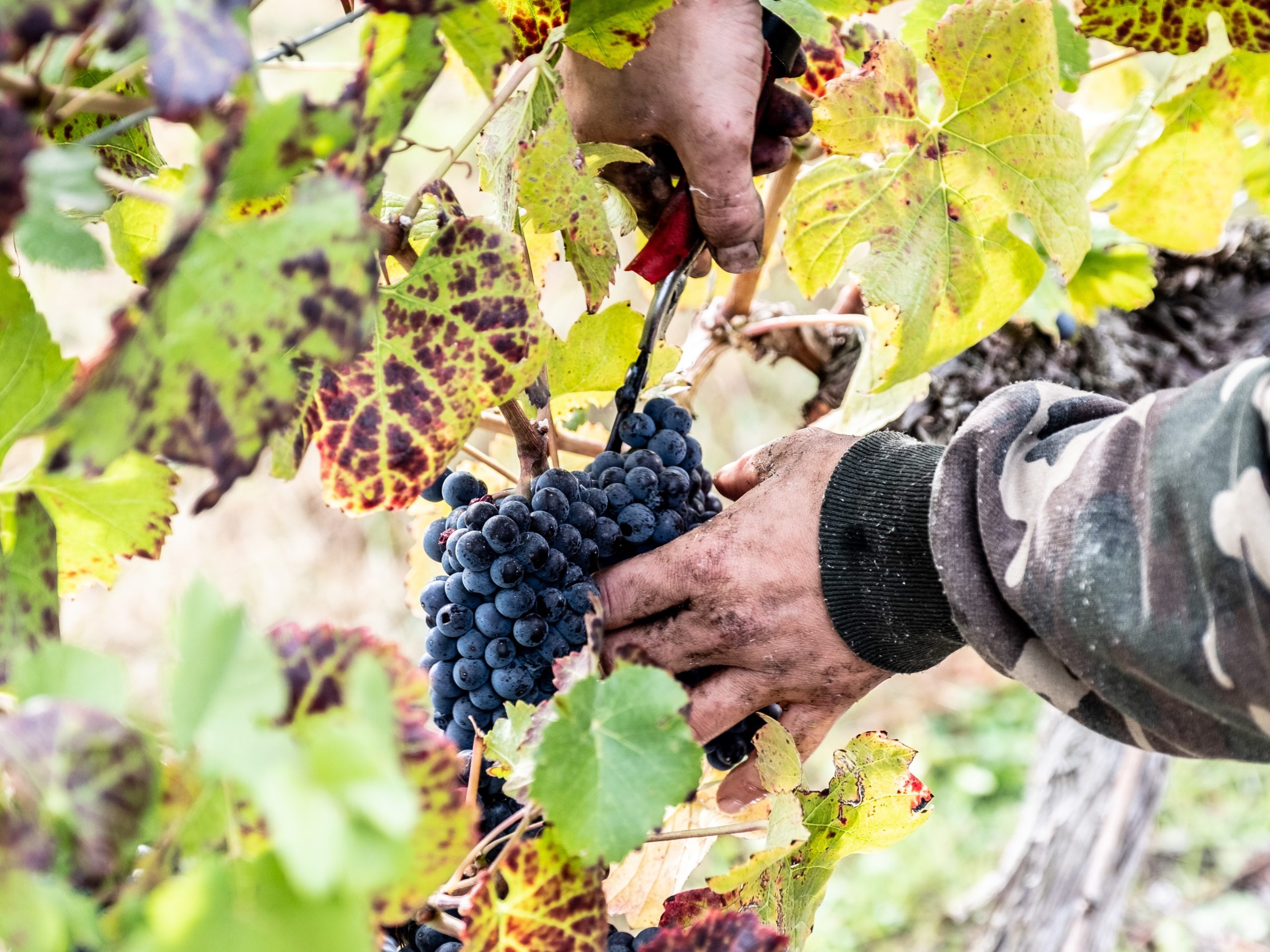
Terroir Talk #7 – Soil
Oliver Osoyoos Wine Country’s terroir is very varied. Microclimates and soil composition differ drastically within very short distances, which is something that makes our region so unique. Follow this series as we breakdown the nuances of our diverse terroir.
This week, we’re focusing specifically on soil as we continue to explore Oliver Osoyoos Wine Country’s unique and diverse terroir. The soil makeup in our region varies greatly from one area to another and has important impacts on the vineyards.
North of Oliver, the soil contains a true mix of gravel, sand, rock, and traces of minerals like limestone – contributing to the boldness of the red wines found at wineries like Covert Farms Family Estate and River Stone Estate Winery. The West side of our region features the famed Golden Mile Bench, with high elevation and thin topsoil giving way to damper and cooler soil as the bench slopes. The multiple creek systems have influenced the soil here, and the wineries in this region produce an expanse of varietals including Sauvignon Blanc, Pinot Gris, Merlot, and Syrah. The East side of our region is home to the Black Sage Bench, characterized by loose, sandy soil – creating an almost beach-like environment that sees the vineyards working extra hard to get nutrients. At the northern end of the Black Sage Bench is the Black Sage Gravel Bar, a tiny area of extremely unique, rocky subsoils – home to excellent Pinot Noir varietals from wineries like Stoneboat Vineyards. South towards Osoyoos, the sand and soil sees traces of granite, adding mineral depth to the growing vines and contributing to deep red varietals like Cabernet Sauvignon (check out Bordertown Winery) and crisp whites varietals like Viognier (check out Lariana Cellars).
